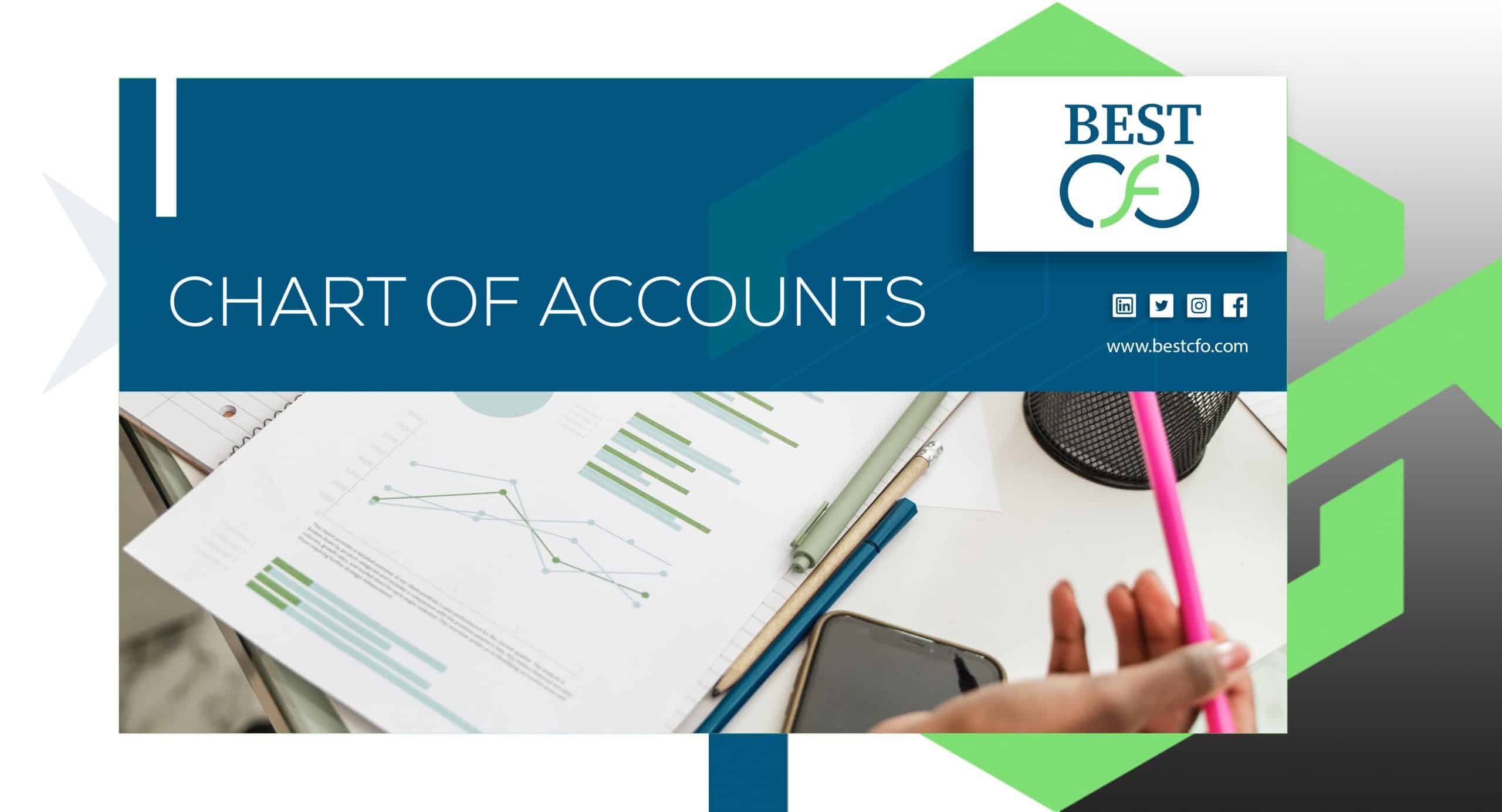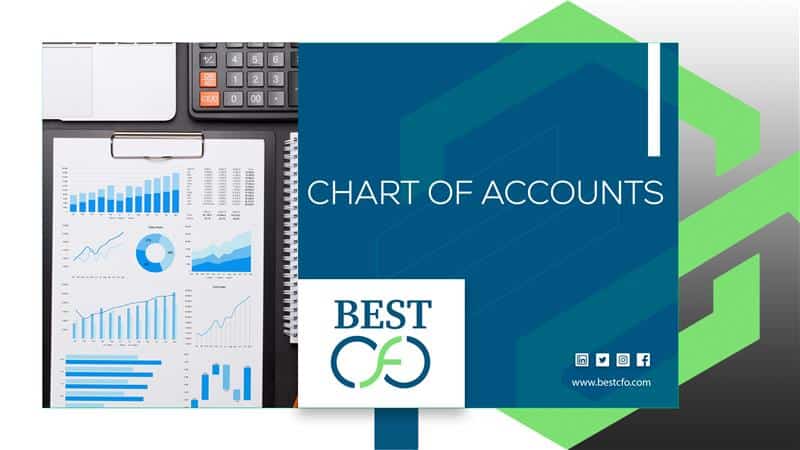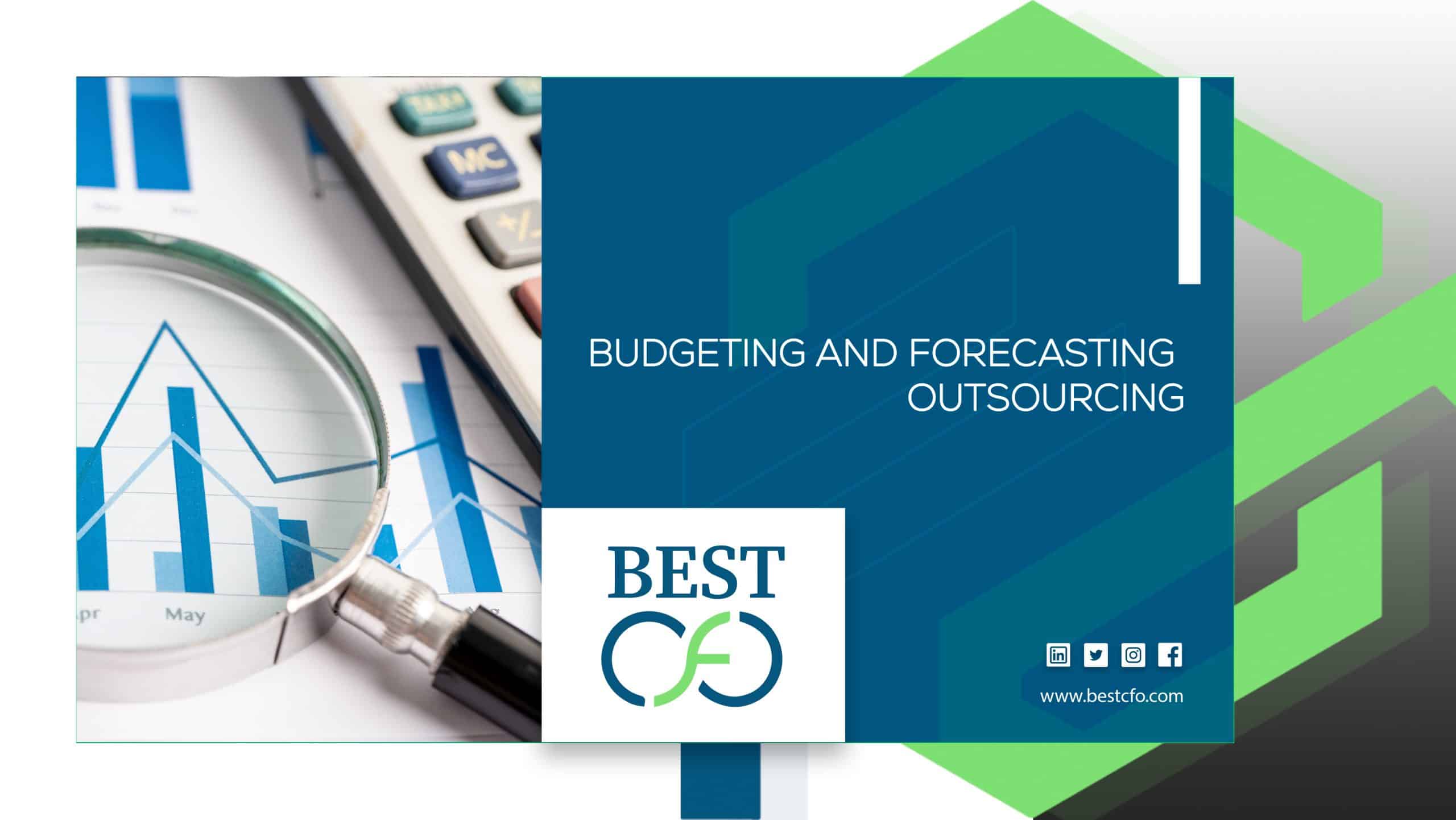
| Getting your Trinity Audio player ready... |
Chart of Accounts Explained: Structure, Examples & Best Practices
When you run a business—whether it’s a small shop or a growing company—keeping track of your money matters. That’s where the Chart of Accounts (CoA) comes in. Think of it as a detailed map that organizes every dollar coming in or going out. It helps you understand your business finances, stay on top of taxes, and make smart decisions.
In this blog, we’ll walk through:
- What a Chart of Accounts is
- How it’s structured
- Real examples across industries
- Best practices to set it up the right way
Let’s break it down in simple terms.
What Is a Chart of Accounts?
A Chart of Accounts is a list of all the financial accounts your business uses to record transactions. It’s like a filing system for your money.
Each account falls into a category—like assets, liabilities, equity, revenue, or expenses. Together, these categories help build your financial statements like the balance sheet and income statement.
Why It Matters
The Chart of Accounts isn’t just for bookkeepers—it’s useful for:
- Accountants who prepare reports and statements
- Business owners who want a clearer picture of their finances
- Auditors who check for accuracy and regulatory compliance
- Tax professionals who need to file reports the right way
Here’s what a good CoA does:
- Keeps your books clean and organized
- Makes tax time easier
- Boosts business decision-making
- Helps follow standards like GAAP (Generally Accepted Accounting Principles in the U.S.)
So, if you’re aiming for better financial management, having a well-structured CoA is a must.
Structure of a Chart of Accounts
Let’s look at how a CoA is built. Most CoAs follow a similar layout, no matter the industry.
Standard Account Categories
Here are the five main categories in any Chart of Accounts:
- Assets
These are things your business owns.
- Cash
- Accounts Receivable (money customers owe you)
- Inventory
- Property & Equipment
- Liabilities
These are things your business owes.
- Accounts Payable (bills to pay)
- Loans
- Mortgages
- Equity
This shows what the owners have invested or earned.
- Owner’s Equity
- Retained Earnings
- Common Stock
- Revenue
Money coming in from sales or services.
- Sales
- Service Income
- Interest Income
- Expenses
Costs of running the business.
- Rent
- Salaries
- Utilities
- Marketing
These categories help create financial statements like the income statement, general ledger, and financial statement reports.
Account Numbering System
Each account in a CoA has a number to keep things organized. Here’s a common format:
- 1000–1999: Assets
- 2000–2999: Liabilities
- 3000–3999: Equity
- 4000–4999: Revenue
- 5000–5999: Expenses
This makes it easier to sort and find records in your accounting software like QuickBooks or Xero.
Sub-Accounts for Detailed Tracking
To keep track of smaller costs, businesses use sub-accounts. For example:
- 5010 – Office Supplies
- 5020 – Travel Expenses
- 5030 – Software Fees
This detailed view helps with bookkeeping, auditing, and budgeting.

Examples of a Chart of Accounts
Now that you know the structure, let’s look at how it works for different business types.
Small Business Example (Service-Based)
Here’s a sample for a consulting business:
Assets (1000s)
- 1010 – Cash
- 1020 – Accounts Receivable
Liabilities (2000s)
- 2010 – Accounts Payable
- 2020 – Credit Card Payable
Equity (3000s)
- 3010 – Owner’s Capital
Revenue (4000s)
- 4010 – Consulting Fees
Expenses (5000s)
- 5010 – Rent
- 5020 – Salaries
Retail Business Example
Retailers also include:
- 1030 – Inventory
- 6000 – Cost of Goods Sold (COGS)
Tracking COGS helps them see how much they spend to get the goods they sell.
Manufacturing Business Example
Manufacturers deal with more detailed inventory and production accounts:
- 1040 – Raw Materials
- 1050 – Work-in-Progress
- 1060 – Finished Goods
This setup is key for tracking depreciation, inventory costs, and overall financial economics.
Best Practices for Setting Up a Chart of Accounts
To get the most out of your Chart of Accounts, here are some tips:
Keep It Simple but Scalable
Start with only what you need. Too many accounts can cause confusion, while too few won’t give enough info. Make room to grow as your business and income grow.
Use Consistent Numbering & Naming
Stay organized with a clean system. Use names like “Office Supplies” instead of vague terms like “Misc.” This avoids confusion and helps with financial reporting.
Align with Standards & Industry Norms
Follow GAAP, IFRS, and Financial Accounting Standards Board guidelines. If you’re in service industries, retail, or manufacturing, tweak your CoA to match your industry.
Review and Update Regularly
Don’t just “set it and forget it.” Remove unused accounts and add new ones when business changes. This ensures your financial statements stay accurate.
Connect with Accounting Software
Tools like QuickBooks, Xero, or Intuit products offer default templates, but you should customize your CoA to match your company’s needs.
Limit Access & Keep It Secure
Only allow trusted team members—like your accountant or financial adviser—to make changes. This protects against conflict of interest or errors.
Common Mistakes to Avoid
Setting up your CoA the wrong way can cause trouble. Watch out for:
- Too many accounts: Makes reports hard to read.
- Too few accounts: Leaves out important details.
- Inconsistent names/numbers: Causes reporting errors.
- No updates: Leads to outdated records or unsecured debt risks.
Remember, your CoA is the base of your corporate finance system.
How to Customize a Chart of Accounts for Your Business
No two businesses are the same. Here’s how to shape your CoA to fit:
- Understand your needs: What does your business do? What does your financial reporting require?
- Use a template: Many tools and software provide starting points.
- Adjust smartly: Add accounts based on your operations, like transaction accounts, deposit accounts, or investment tracking.
- Get expert help: For complex setups, talk to an accountant at Best CFO.
A custom CoA gives you the right view of your business and supports good business management.
Conclusion
A well-designed Chart of Accounts is more than just a list—it’s the backbone of your financial accounting system. It helps track your assets, liabilities, revenue, and expenses, all while keeping your books clean and your reports clear.
Whether you’re just starting out or growing fast, setting up your CoA the right way can save time, reduce stress, and help your business thrive.
Need help tailoring your Chart of Accounts? Reach out to the experts at Best CFO—we’ll help you build a smart, scalable system that fits your needs.
FAQs
1: What is the main purpose of a Chart of Accounts?
It organizes your business’s financial data so you can record, report, and review transactions accurately.
2: Can I change my Chart of Accounts later?
Yes! You should review and update your CoA regularly as your business grows.
3: What’s the difference between an asset and a liability?
An asset is something your business owns. A liability is something it owes.
4: Do I need accounting software to create a CoA?
Not necessarily, but tools like QuickBooks or Xero make it easier.
5: How does a CoA help with taxes?
It organizes your data, making it simpler to track income, expenses, and prepare for tax season.
Previous Post
What is the Biggest Advantage of Electronic Bookkeeping?
Post a comment Cancel reply
Related Posts
From Finance to Future-Proofing: The Strategic CFO for IT
From Finance to Future-Proofing: The Strategic CFO for IT Suppose a traditional CFO sitting at…
CFO vs Finance Manager: Choosing The Right One For You
CFO vs Finance Manager: Choosing The Right One For You The finance world can be…
When Should You Outsource My CFO? – The Guide
When Should You Outsource My CFO? – The Guide Every business, no matter how small…
Top 5 Reasons Why You Should Outsource HR
Top 5 Reasons Why You Should Outsource HR Outsourcing is gaining popularity among businesses looking…
 Demos
Demos  Colors
Colors  Docs
Docs  Support
Support 










